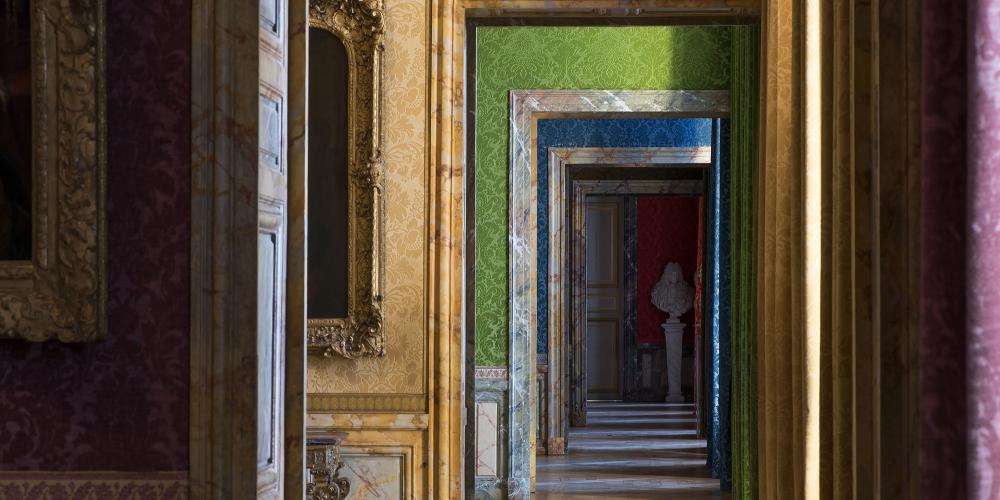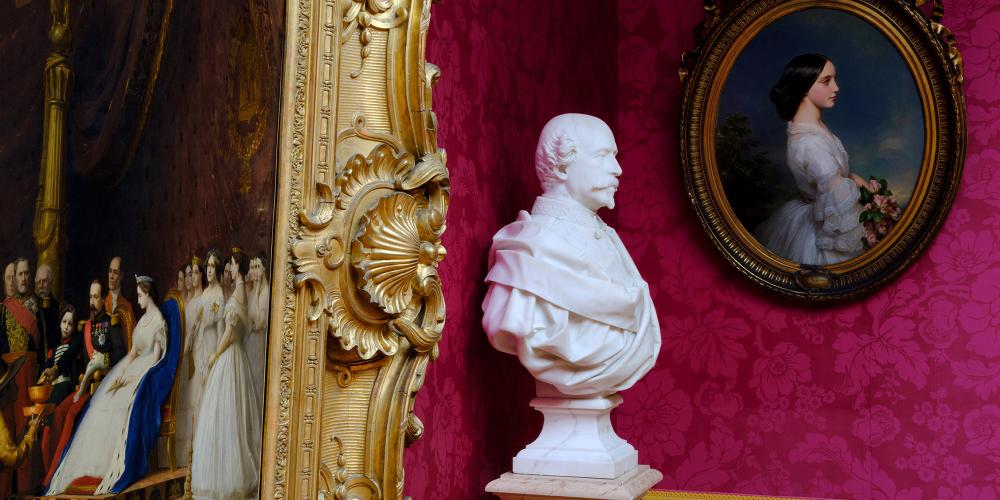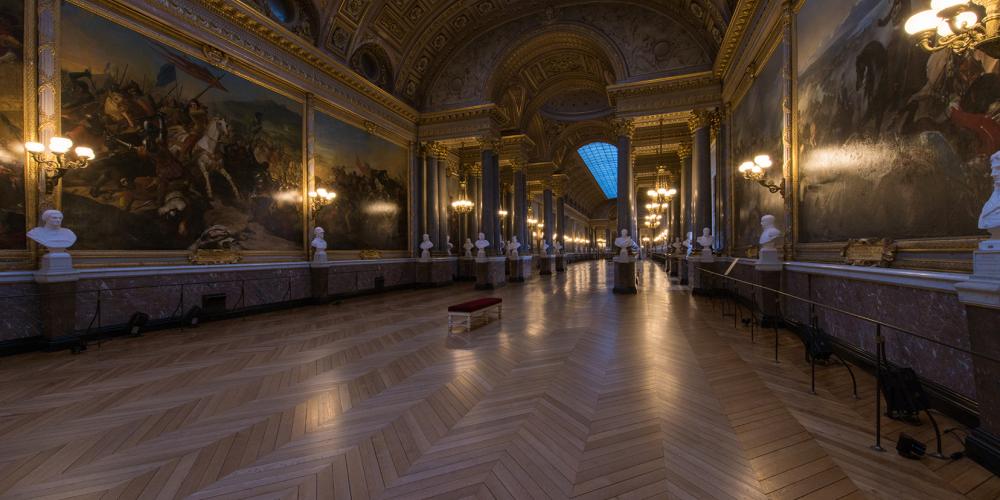Historical Galleries

After the 1830 Revolution, which overthrew Charles X, the last remaining brother of Louis XVI, his cousin Louis-Philippe d’Orléans was proclaimed King of France. In 1833, the new sovereign asserted his intention to find a new use for Versailles, and withdrew its status as a royal residence (which it had not been since 1789) and turned the Palace into a museum.
Part of the King's aim was to reconcile the partisans of the different regimes that had ruled France in turn since 1789 and to consolidate his own legitimacy as King of all the French. However, Louis-Philippe was also passionate about history—a discipline that was beginning at that time to be seen as science in its own right—and decided to collect together in one place all the paintings, sculptures, drawings and engravings that depicted the events and personalities that had marked French history since its beginning.
To build his new collection, Louis-Philippe drew on the old royal and princely as well as private and institutional collections, completing it with copies and retrospective works commissioned from contemporary artists. His architect Frédéric Nepveu had to make some radical changes in the Palace, particularly in the North and South Wings, where the apartments which had housed princes and courtiers were now sacrificed. The Palace was thus transformed from a residence into a museum, and thereby granted to the country as a whole.
The Gallery of Great Battles
The Gallery of Great Battles is the most important of the historical galleries created by Louis-Philippe in the Palace of Versailles. It covers almost the entire first floor of the South Wing of the Palace and depicts nearly 15 centuries of French military successes.
Louis-Philippe displayed 33 paintings here depicting the greatest battles that had influenced the history of France, from the victory in Tolbiac by Clovis to the victory in Wagram by Napoleon in 1809. All the dynasties from the history of France are evoked, including the Merovingians, Carolingians, Capetians, Valois and Bourbons. Louis-Philippe skillfully incorporated depictions of the victories by the Revolution and the Empire. His message was simple: France had built itself over the course of battles against enemies from both abroad and within; the country is henceforth glorious, at peace and ready to enter a new era built on peace and prosperity.
Since its opening the gallery has remained intact and untouched, with all the works commissioned by the Citizen-King for its decoration. Today it is still one of the most impressive examples of Louis Philippe’s project for Versailles and one of the finest examples of major museum projects of the 19th century.



